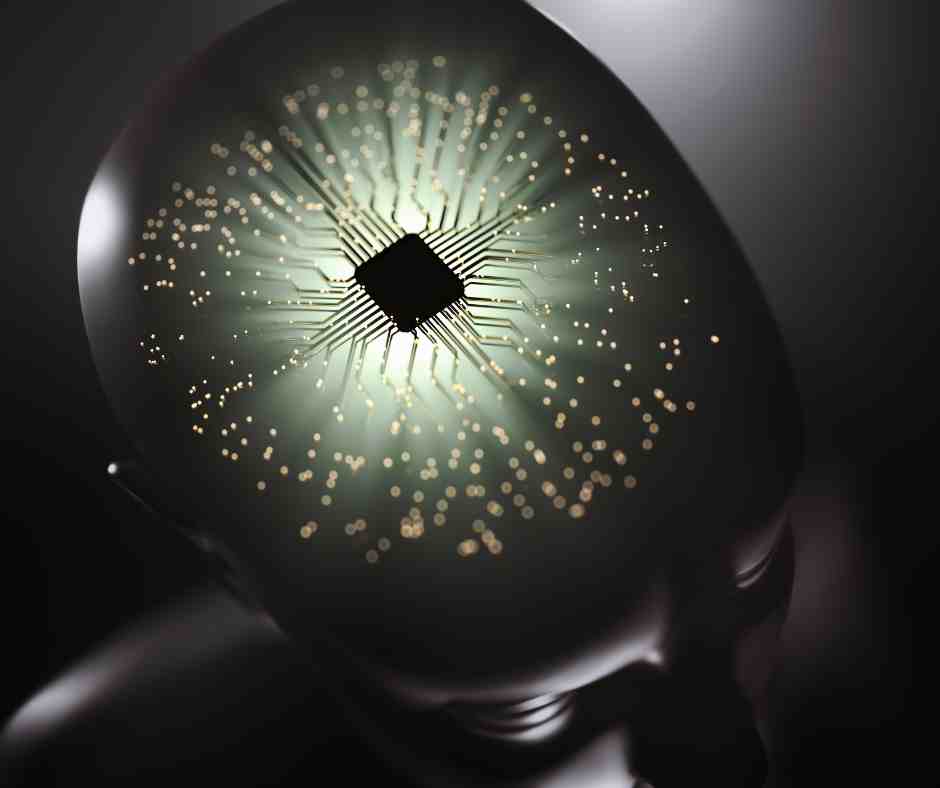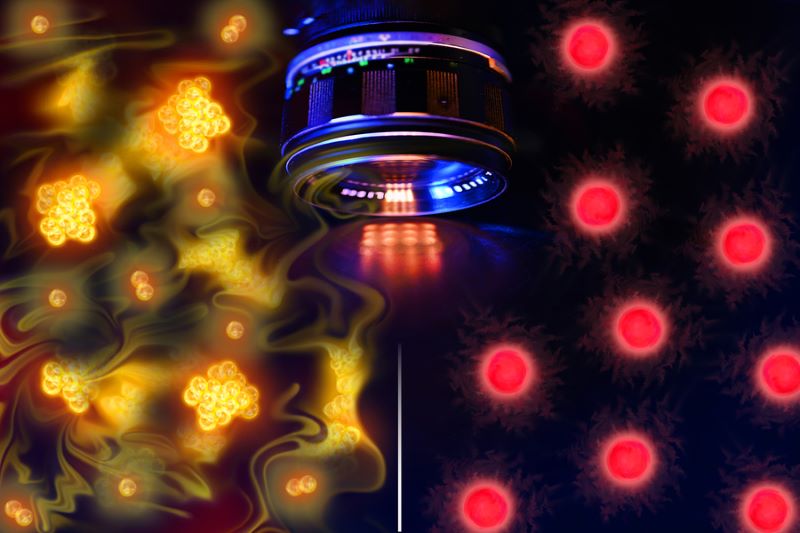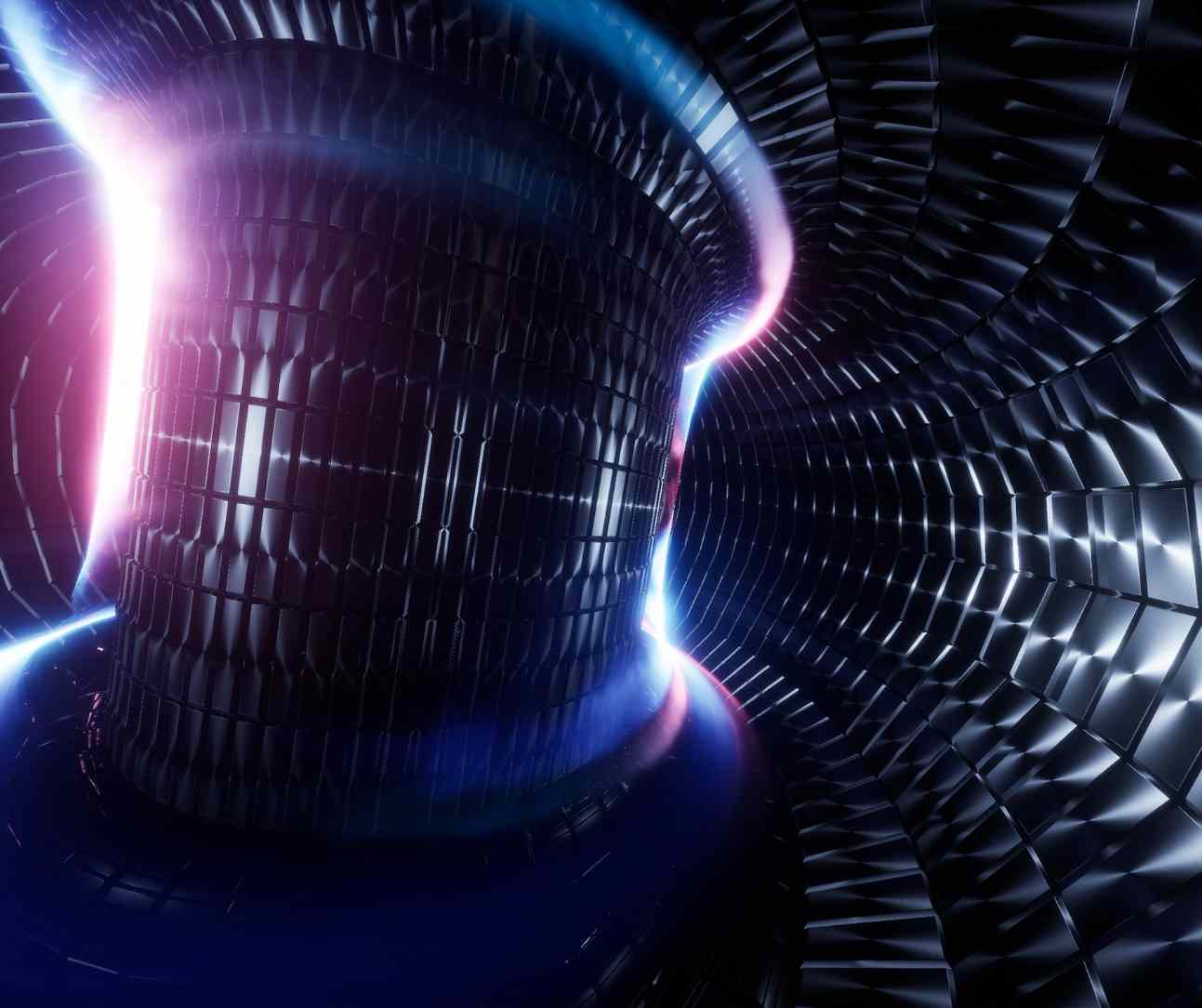Neuralink’s second patient has already got a brain implant. The ambitious brain-computer interface company founded by Elon Musk has successfully implanted its device. This milestone is a significant step in Neuralink’s mission to enable paralyzed individuals to interact with digital devices purely through thought.
Progress in Trials With Neuralink’s Second Patient
Elon Musk revealed during an extensive podcast with Lex Fridman that Neuralink’s second patient, who has a spinal cord injury, has had the device implanted successfully. This patient, similar to the first, suffered a spinal cord injury that left them paralyzed. Musk highlighted that 400 of the implant’s electrodes are functioning, indicating promising early results. Neuralink’s device features a total of 1,024 electrodes, designed to capture and transmit brain activity.
The second implantation has shown positive results, with Musk stating it worked very well and “it but it seems to have gone extremely well”.
First Patient’s Journey
The first patient, Noland Arbaugh, also shared his experiences on the podcast. Before his implantation, Arbaugh, paralyzed from a diving accident, relied on a mouth-operated stick to use digital devices. Post-implant, he can control his computer by simply thinking about his actions. This revolutionary capability has granted him a significant degree of independence, reducing his reliance on caregivers.
Arbaugh initially faced some issues with the implant, as some wires retracted, limiting the device’s effectiveness. However, Neuralink addressed these problems by adjusting the algorithm, significantly improving the implant’s performance. Despite only a fraction of the electrodes being active, Arbaugh has set new records for controlling a cursor with his thoughts.
Future of Neuralink’s Implants

Musk mentioned that Neuralink plans to provide implants to eight more patients within the year as part of its ongoing clinical trials. The ultimate goal is to enhance the interface between human intelligence and digital devices, potentially giving people extraordinary abilities.
Neuralink’s advancements could revolutionize the lives of those with spinal cord injuries, offering new ways to interact with technology and regain independence. As clinical trials continue, the potential for widespread application of this technology grows, marking a new era in medical and technological innovation.









